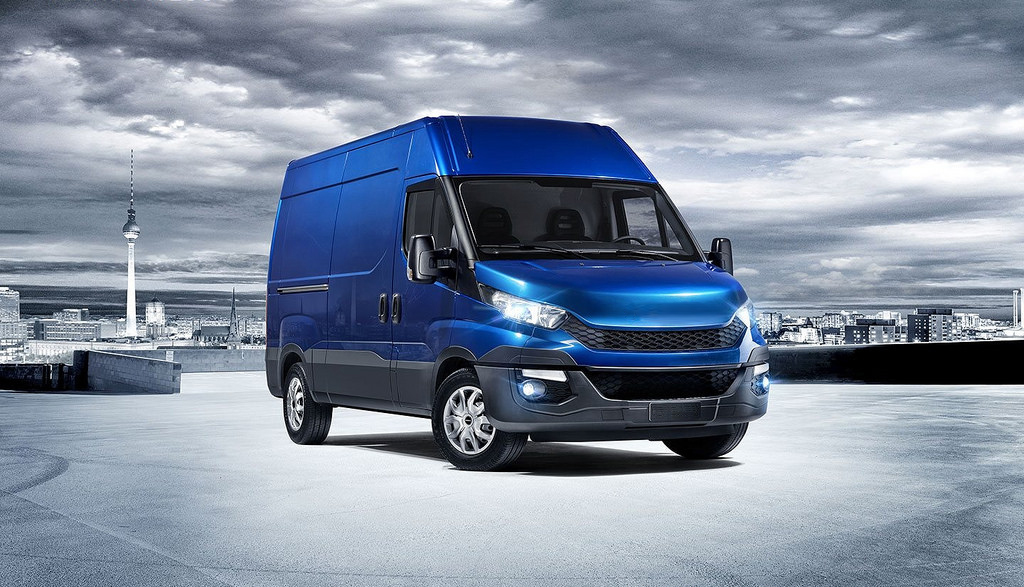
Time to take vans out of their regulatory black hole, say hauliers and T&E
The European haulage industry and green groups have jointly called for stricter rules for vans as transport carried out by vans continues to increase. In a letter, the organisations ask that the Commission uses its upcoming road package to level the playing field between vans and trucks.
Interested in this kind of news?
Receive them directly in your inbox. Delivered once a week.
Unlike trucks, light commercial freight vehicles below 3.5 tons – so-called vans – do not have to comply with social legislations such as driving and rest times, restricted access to the profession or professional training requirements and licences for drivers. In addition, vans are not speed limited, do not pay road charges and routinely break air pollution regulations. A 2016 study by TNO found that in real-world conditions vans are emitting on average around 800 to 2,100 mg/km, exceeding the official Euro 5 standards by four to 12 times. A similar range was observed by investigations in Germany, from 5 to 14 times. That means they are now dirtier than trucks since Euro VI trucks mostly meet the standards in real-world driving.
In theory, vans are limited to 3.5 tonnes (loaded weight) which should limit their attractiveness for operators. However, vans are routinely overloaded; there are big vans that weigh over 2.5 tonnes empty, and weight limit enforcement is rare.
Over the last 20 years the number of vans on our roads has increased dramatically. The rise of e-commerce is expected to further boost their growth. Commercial transport companies are increasingly using vans in order to carry out cross-border freight transport within EU boundaries. This causes serious distortion of the market and leads to disadvantages for hauliers using trucks. In addition, more vans on European roads lead also to decreases in road transport efficiency as they are carrying less transport than trucks.
William Todts, T&E’s director for freight and climate, said: ‘Europe has a set of rules for more professional, social, safer and cleaner freight transport, but almost none of these rules apply to vans. This is driving the industry out of trucks, into the “wild west” vans sector. From a social, but also from an environmental and efficiency point of view, this policy doesn’t make any sense. We need to overhaul it and the new EU road legislation is the ideal place to start.’
